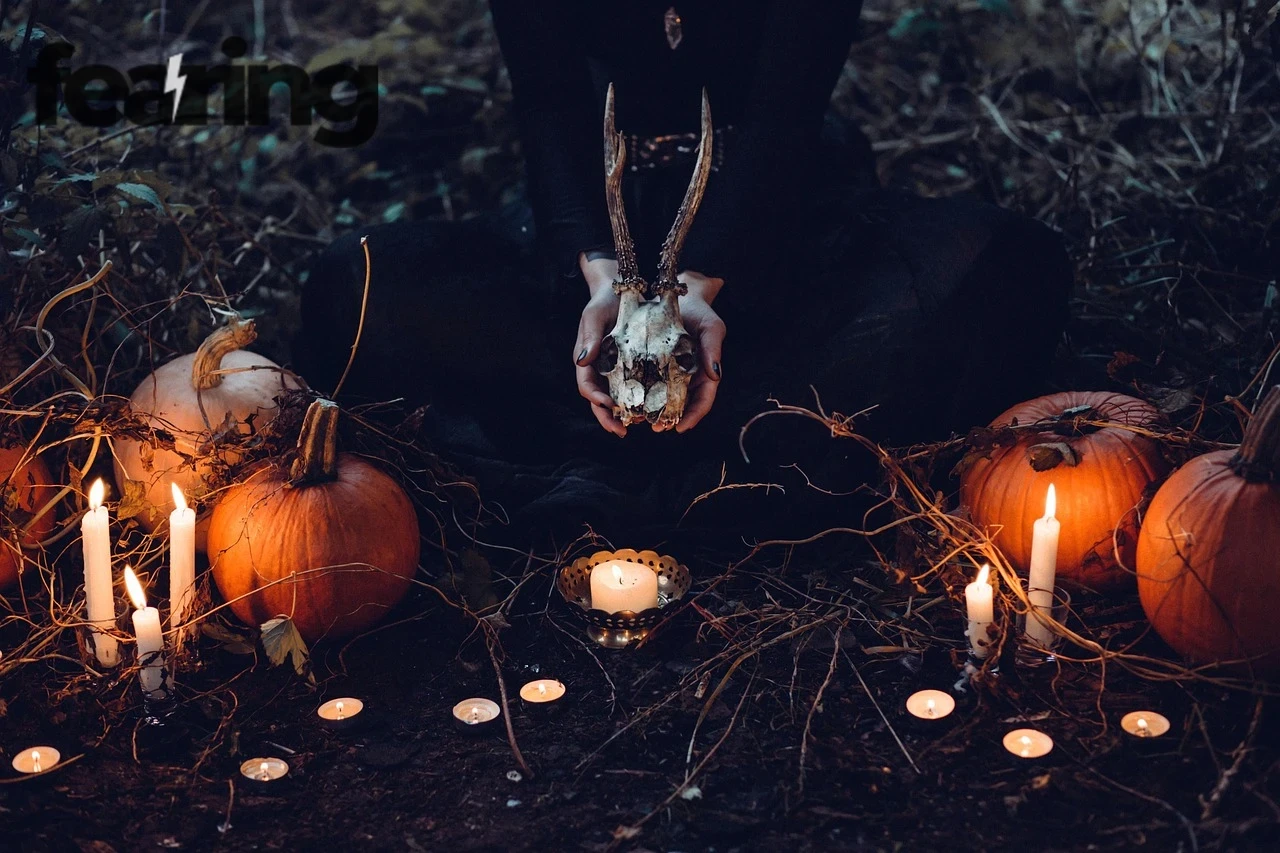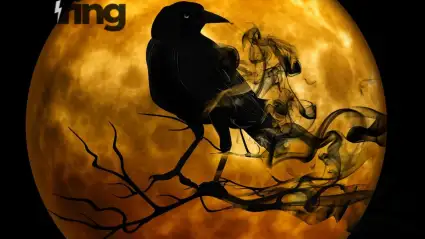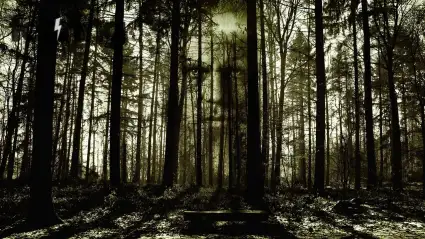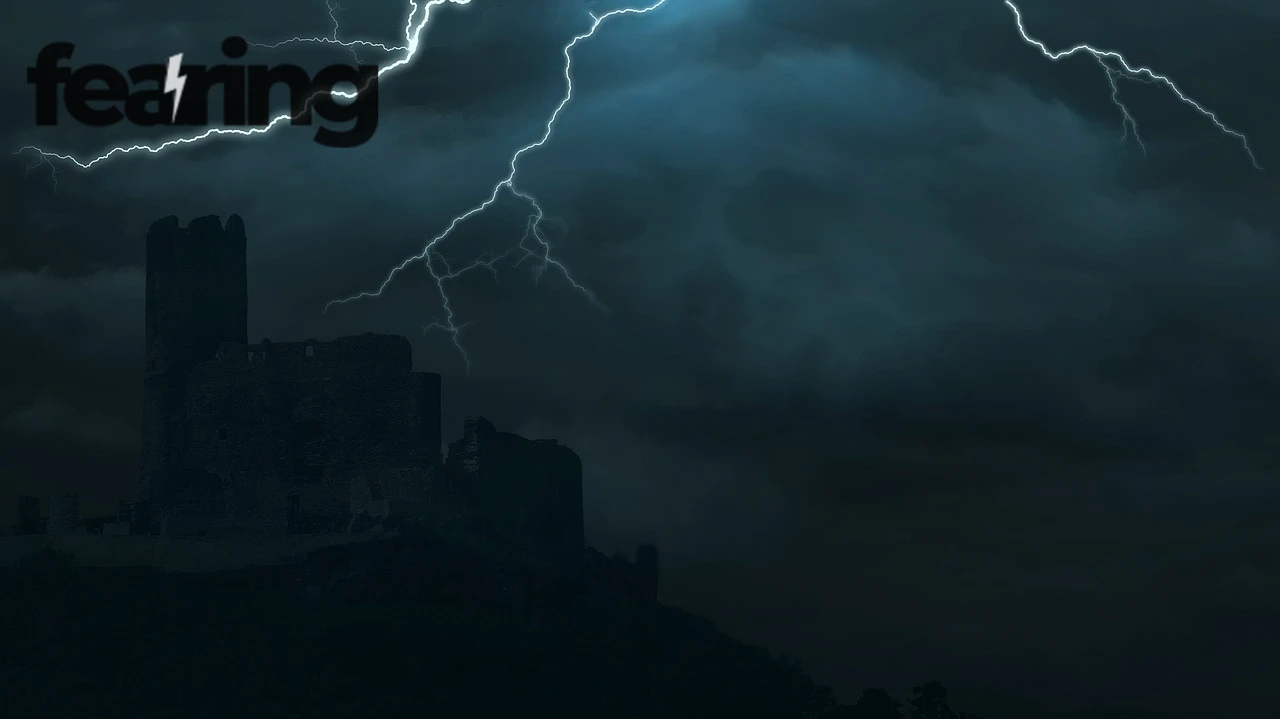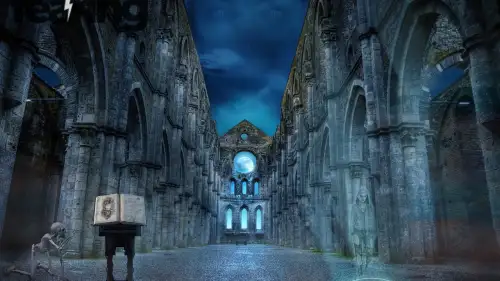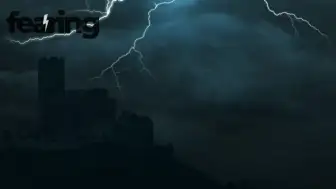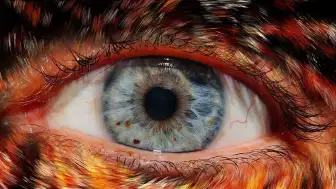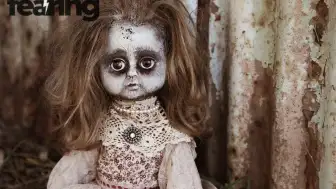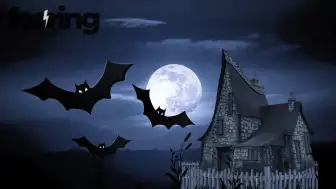The Most Haunted Theaters and Opera Houses in the World stand as eerie monuments to human passion — places where art, obsession, and death have often shared the same stage. From London’s West End to the grand opera houses of Europe, countless actors and audiences have reported strange apparitions long after the curtains closed.
As theater historian Dr. Mary Roach once said, “Every stage remembers the stories told upon it — some of them simply refuse to end.”
The Ghostly Legacy of the Stage
Theaters are uniquely charged spaces. They blend emotion, energy, and repetition — perfect ingredients for legends of lingering spirits. Performers pour their souls into roles, and audiences return night after night, leaving behind layers of collective memory.
Parapsychologist Dr. Dean Radin explains, “Repeated emotional energy in a confined place can imprint itself. That’s why old theaters often feel alive — they’ve absorbed centuries of emotion.”
In many cases, ghost sightings appear connected to real events: fatal accidents, mysterious fires, or tragic performers whose final act never ended.
Famous Haunted Theaters and Opera Houses
| Location | Country | Known Spirit | Reported Activity |
|---|---|---|---|
| The Royal Theatre Drury Lane | England | The “Man in Grey” | Phantom actor walking aisles during rehearsals |
| Palais Garnier (Paris Opera House) | France | Opera Ghost, “Phantom” legend | Lights flicker, voices echo from empty boxes |
| Teatro alla Scala | Italy | Maria Malibran (opera singer) | Phantom soprano heard warming up backstage |
| The Majestic Theatre | USA | “The Lady in White” | Apparitions near balconies after shows |
| Elgin and Winter Garden Theatre | Canada | Vaudeville performers | Smells of cigars, music when no one’s there |
| Tokyo Takarazuka Theatre | Japan | “The Ghost of the Curtain” | Curtain moves without air flow, sudden chills |
| Burgtheater Vienna | Austria | Unknown actor | Footsteps and whispers in prop rooms |
| Sydney Opera House | Australia | Unnamed stagehand | Lights flicker and tools move on their own |
| Cairo Opera House | Egypt | 19th-century dancer | Mirrors fog and music plays from locked rooms |
| The National Theatre of Prague | Czech Republic | Former violinist | Melancholic music from empty orchestra pit |
The most famous of them all, the Palais Garnier in Paris, even inspired The Phantom of the Opera, based loosely on real events — including a chandelier accident that killed a patron in 1896.
The Royal Theatre Drury Lane — London’s Timeless Haunting
Drury Lane, known as “the most haunted theater in the world,” has documented ghost sightings since the 18th century. Actors and staff report seeing a man in a powdered wig and cloak walking toward the stage, then vanishing into a wall.
Actor Sir Donald Sinden once described the presence as “kind, almost protective — as if he’s still rehearsing.”
Historians later discovered the remains of a man’s skeleton behind that very wall during renovation in the 1840s — fueling the legend further.
The Phantom of the Paris Opera
The Palais Garnier remains synonymous with ghosts and glamour. Visitors report the sound of footsteps on empty balconies and unexplained shadows gliding near Box Five — the same box reserved by Gaston Leroux’s fictional “Phantom.”
Opera guide Claudine Legrand remarks, “Whether you believe or not, everyone feels it — the building listens.”
A blend of truth and legend keeps this theater one of the most atmospheric in the world, drawing thousands of paranormal tourists each year.
When Art Becomes an Afterlife
Performers often say that “the show must go on” — but in haunted theaters, it seems it really does. Many spirits reported are former actors or musicians continuing their craft long after death.
The Elgin Theatre (Toronto): Staff swear they hear applause after closing hours.
La Scala (Milan): Technicians refuse to rehearse alone; voices echo even during the day.
The National Theatre (Prague): A spectral violin is sometimes heard during rehearsals — perfectly tuned, always unseen.
Music historian Dr. Helen Fisher notes, “If emotion is energy, then music is its ghost. Theaters resonate because they amplify both sound and memory.”
Tragedy on Stage
Many hauntings trace back to real catastrophes — fires, collapses, or fatal performances. Theaters from the 18th and 19th centuries often used open flames for lighting, creating deadly conditions.
The Brooklyn Theatre Fire (1876) claimed nearly 300 lives during a holiday show, and locals still report phantom screams at the site. Similarly, the Iroquois Theatre Fire (1903) in Chicago killed 602 people, leading to major safety reforms — and an enduring legend of lost souls wandering its rebuilt foundations.
Stagehand Arthur Banks once wrote in his diary (1904), “They said the show must go on. It did — but not all of us left when the curtain fell.”
Modern Hauntings and Digital Proof
Today’s haunted theaters draw attention from paranormal investigators equipped with EMF meters, thermal cameras, and EVP recorders. In 2025, a global investigation initiative called Ghosts of the Stage documented over 140 active cases of unexplained phenomena in historic venues.
Their recordings included disembodied singing, cold spots near orchestra pits, and whispers caught on tape that repeated lines from old plays.
Engineer Marina Lopez cautions, “Technology records anomalies, but interpretation is human. Ghosts might be memory — not entities.”
Still, when entire crews report identical phenomena, skepticism grows quieter.
The Beauty of Haunted Performance Spaces
Despite their dark reputations, these venues remain symbols of beauty, art, and endurance. Visitors flock not only for ghost stories but also for the atmosphere — a sense of history that vibrates through the architecture.
Sociologist Dr. Ibrahim Kaya summarizes, “Haunted theaters remind us that passion leaves residue. The walls remember applause.”
Every curtain call, every heartbeat, every whisper contributes to a living memory — one that might occasionally whisper back.
Why Haunted Theaters Continue to Fascinate
Human imagination loves paradox — beauty mixed with terror, life intertwined with death. Theaters embody that paradox perfectly.
Horror author Neil Gaiman said, “Every story performed is a kind of resurrection.” And perhaps that’s why ghosts linger where stories never truly end.
As long as people step into the dark and wait for the lights to rise, the spirits of the stage will always have an audience.
FAQ
Q1: Why are theaters often considered haunted?
A1: The emotional intensity and history of tragedy, performance, and repetition create a strong psychological presence.
Q2: Has anyone captured real ghost evidence in a theater?
A2: Several recordings exist, though none are scientifically verified. Reports often include sounds, shadows, and moving props.
Q3: What is the world’s most haunted theater?
A3: The Royal Theatre Drury Lane in London is the most documented, with centuries of sightings.
Q4: Are ghost tours held in these places?
A4: Yes, major cities like London, Paris, and Milan offer night tours mixing history, performance, and folklore.
Q5: Why do performers often believe in ghosts?
A5: Because the stage demands belief — imagination and emotion blur reality every night.
Sources
Cultural Analytics Journal 2025
Society for Psychical Research Archives
World Heritage Theatre Report 2025

